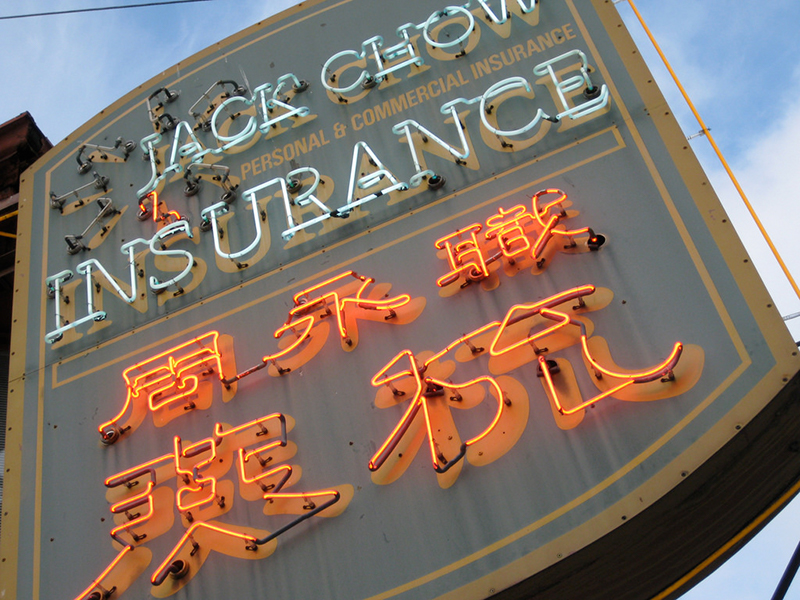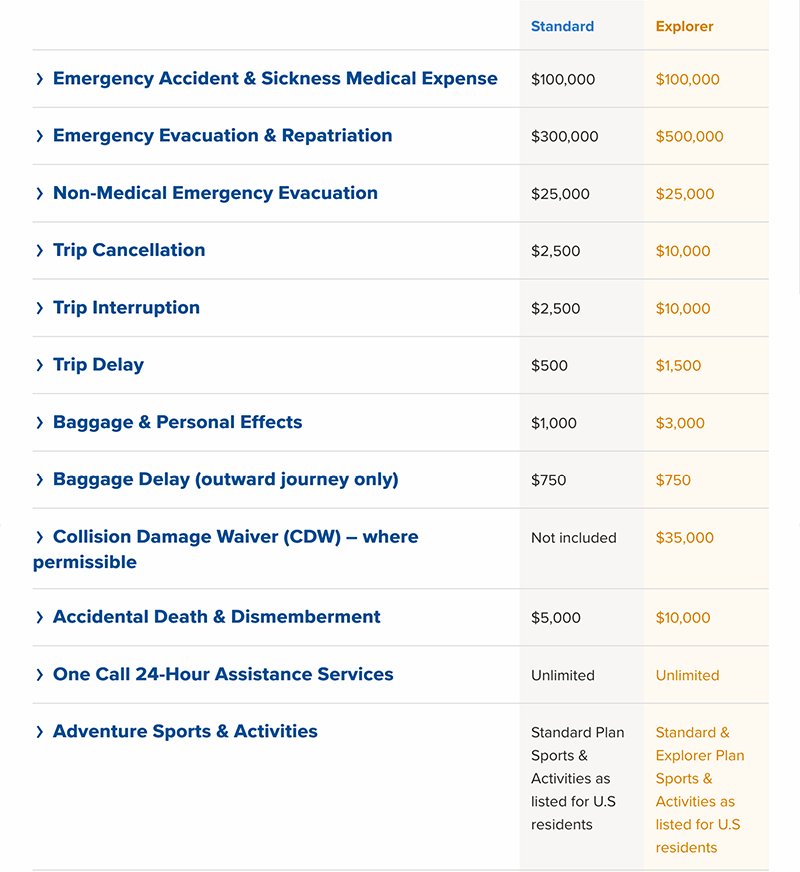What kind of insurance is best for long-term travel?
Part of the appeal of traveling is spontaneity, even if it’s not all good. But having the right insurance policy helps protect against emergencies that may or may not come up while you’re out there.
When you are out there on the road
For several weeks of shows
And when you scan the radio
I hope this song will guide you home
The Postal Service, "Such Great Heights"
First things first: if you are covered as a dependent on a spouse’s medical insurance policy, ask the provider if and how well they’ll cover you while you’re abroad. That will help you decide how much additional coverage you need from a travel insurance policy. I found that some of my claims were fully covered by my medical policy, so I wouldn’t be able to claim the same expense on my travel policy. It is a bit of a pain to have to file a claim on one policy first, wait for them to respond, then file another claim with the travel policy if the primary policy doesn’t fully cover the expense.

Before I left for my round-the-world trip, I did a bunch of research on travel insurance companies, but every option (except one) required providing a predetermined return date. Which one was the exception? If you want to get a policy that is as flexible as when your desire to roam, I’d recommend going with World Nomads.
They have two policies: Standard and Explorer. The latter has higher coverage limits (e.g., personal belongings, trip cancellation, medical care) and covers emergencies resulting from a wider range of activities (e.g., skydiving). So you’ll need to decide how much coverage you want based on the value of the stuff you’re bringing with you, what you’ve spent on booked accommodation and transportation, and what kinds of activities you plan to do.

What’s not covered are accidents resulting from drug or alcohol usage is not covered, non-emergency medical treatment, and pre-existing conditions. The last one is a bit tricky if you opt to extend your policy on the go since the effective date keeps changing to your most recent extension start date. Let’s say you get treatment for bronchitis a week before your policy is due to end. You then extend your policy for another three months but have to go see a doctor a second time because your symptoms get worse after a month. World Nomads may not cover the second doctor visit if they rule that your bronchitis is a pre-existing condition.
For less than US$3 per day, I had a positive experience with World Nomads and was able to travel with peace of mind. It came in handy when I twisted my ankle and needed to see a doctor and get a brace for it. Initially, I bought a five-month Explorer policy, extended it for four more months, and extended it again for three more months. In total, the 12 months of coverage set me back by US$1,035, which was actually cheaper than getting only 10 months of coverage all at once (US$1,117).
I’d recommend starting with basic coverage if you’re definitely not carrying around expensive personal effects. (The Standard level has a per article limit of US$500, whereas the Explorer level covers up to US$1,500 per item.) You can always ask to upgrade your coverage, but you can’t downgrade. Some coverage details will also vary depending on which state you live in. For instance, collision damage waiver (CDW) is available for Explorer policy holders except those who reside in New York, Oregon, or Texas. (But you have CDW included if you book with your Chase Sapphire Preferred or Chase Sapphire Reserve card.)
Note: if you’re not from the USA, you may have more options for a flexible travel insurance policy outside of World Nomads. For instance, True Traveller offers some great options for European backpackers and even one-way travelers.
Thanks for helping a blogger out by using my affiliate links.